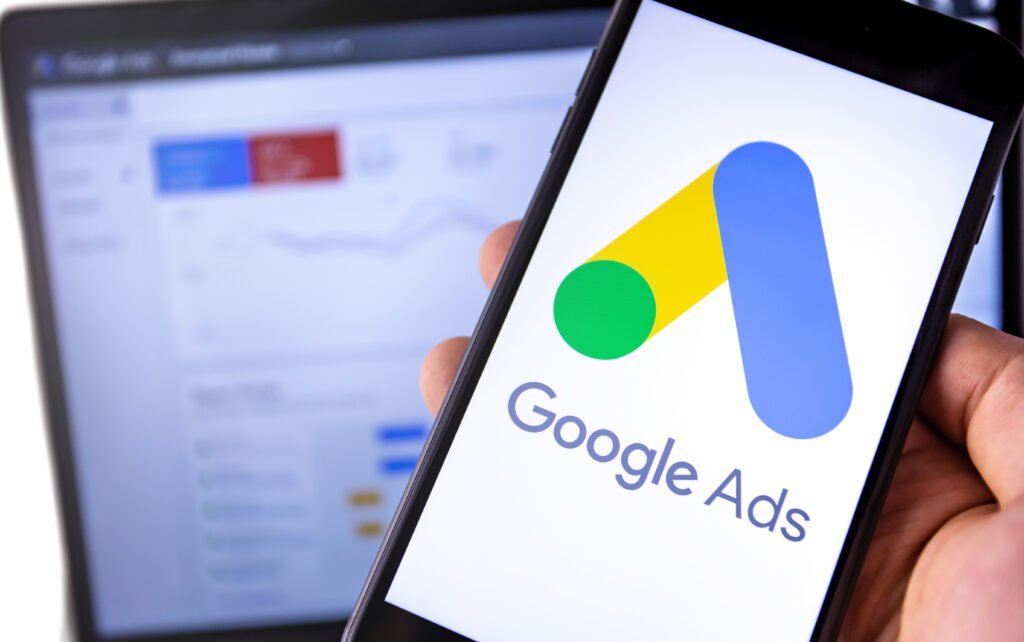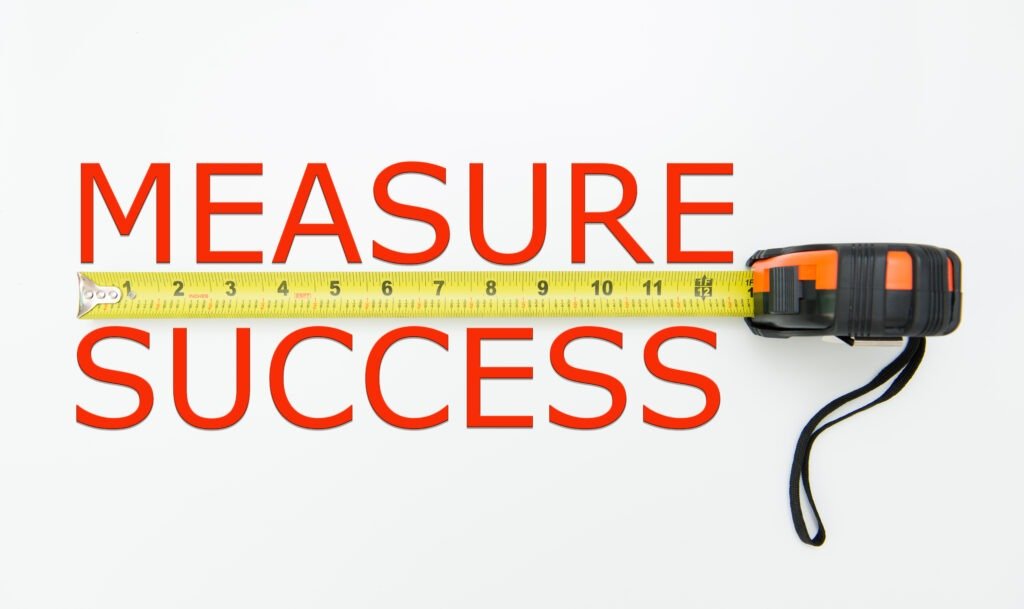Table of Contents
In the expansive digital realm, Google Ads shines as a guiding light for businesses aiming to broaden their audience, allure customers, and foster conversions. For newcomers to online advertising, grasping Google Ads and its complexities may feel akin to navigating a maze. But fret not! This beginner’s guide is here to light the way, furnishing you with the insights and resources essential for embarking on your PPC voyage with assurance. With clear guidance and practical tips, you’ll navigate the intricate world of Google Ads with confidence, unlocking its potential to propel your business forward in the dynamic digital landscape.
Introduction to Google Ads
Google Ads, Google’s online advertising platform, offers businesses a powerful way to connect with potential customers. Through Pay-Per-Click (PPC) campaigns, advertisers bid on keywords to display ads prominently in Google’s search results and across its vast network of partner sites. With precise targeting options, compelling ad formats, and robust analytics, Google Ads enables businesses of all sizes to reach their target audience, drive website traffic, and increase conversions. Whether you’re looking to promote products, generate leads, or raise brand awareness, Google Ads provides the tools and insights

Getting Started with Google Ads
Google Ads, Google’s online advertising platform, offers businesses a powerful way to connect with potential customers. Through Pay-Per-Click (PPC) campaigns, advertisers bid on keywords to display ads prominently in Google’s search results and across its vast network of partner sites. With precise targeting options, compelling ad formats, and robust analytics, Google Ads enables businesses of all sizes to reach their target audience, drive website traffic, and increase conversions. Whether you’re looking to promote products, generate leads, or raise brand awareness, Google Ads provides the tools and insights to achieve your marketing objectives effectively and efficiently.
Crafting Compelling Ads
Crafting compelling ads for Google Ads is paramount in capturing user attention and driving engagement. Start with captivating headlines that entice clicks. Utilize ad extensions to provide additional information and enhance visibility. Incorporate persuasive ad copy that highlights unique selling points and encourages action. Incorporating relevant keywords seamlessly into your ads improves relevance and quality scores. Employing eye-catching visuals further boosts ad effectiveness. A/B testing different ad variations allows for optimization based on performance data. By focusing on creating ads that resonate with your target audience and align with their search intent, you can maximize the impact of your Google Ads campaigns and achieve your advertising goals.

Decoding Keywords and Match Types
Decoding keywords and match types is pivotal in pay-per-click advertising success. Keywords represent terms users input during searches, driving ad visibility. Match types regulate the precision required between user queries and chosen keywords for ad display. The four primary match types—broad match, broad match modifier, phrase match, and exact match—offer different levels of targeting control. Understanding these distinctions enables advertisers to refine their targeting strategies, ensuring ads reach the most pertinent audience. By leveraging the appropriate match types, businesses can optimize their pay-per-click campaigns, enhancing relevance, and maximizing return on investment (ROI) for their advertising efforts.
Mastering Bidding Strategies
Mastering bidding strategies in digital marketing requires a strategic approach. Begin by understanding your campaign goals and target audience. Choose bidding options like manual CPC, automated bidding, or enhanced CPC based on your objectives. Monitor keyword performance and adjust bids accordingly to maximize ROI. Utilize bid modifiers for devices, locations, and audience targeting to optimize ad spend. Implement conversion tracking to measure campaign effectiveness and adjust bids for better performance. Regularly analyze data and refine your bidding strategy to stay competitive in the digital marketing landscape. Success lies in continuous optimization and adaptation to changing market dynamics.

Targeting Your Audience
Targeting your audience effectively in pay-per-click advertising (PPC) is crucial for campaign success. Start by defining your target demographic based on factors like age, gender, and interests. Utilize geographic targeting to reach users in specific locations relevant to your business. Device targeting ensures your ads display appropriately on various devices. Implement remarketing strategies to reconnect with users who have previously interacted with your brand. Segmentation allows for tailored messaging to different audience segments. By refining your targeting parameters and focusing on reaching the right audience, you can increase the relevance of your ads, improve click-through rates, and ultimately drive more conversions in your PPC campaigns.
Optimizing Your Campaigns
Optimizing your campaigns is vital for maximizing the effectiveness of your advertising efforts. Regularly monitor key performance metrics such as click-through rates, conversion rates, and cost per conversion. Analyze data to identify trends and areas for improvement. Make adjustments to ad copy, keywords, and targeting parameters based on insights gained from your analysis. Implement A/B testing to compare different elements of your ads and landing pages. Continuously refine your bidding strategy to achieve the best possible return on investment. By consistently optimizing your campaigns, you can ensure they are delivering optimal results and driving towards your business objectives.

Exploring Advanced Techniques
Exploring advanced techniques in digital marketing unveils a realm of sophisticated strategies. Delve into remarketing to re-engage previous website visitors, tailoring ads to their specific interests. Embrace dynamic ad campaigns, leveraging real-time data to personalize content and drive conversions. Experiment with A/B testing to fine-tune ad creatives, landing pages, and targeting criteria for optimal performance. Harness the power of machine learning algorithms for predictive bidding, automating bid adjustments based on historical data and user behavior. Stay abreast of emerging trends like artificial intelligence and voice search optimization to stay ahead in the competitive digital landscape.
Tracking and Measuring Success
Tracking and measuring success is essential in evaluating the effectiveness of your marketing efforts. Set clear goals and key performance indicators (KPIs) to measure success, such as conversion rates, click-through rates, and return on investment (ROI). Utilize tracking tools like Google Analytics to monitor website traffic and user behavior. Implement conversion tracking to attribute conversions to specific ads and campaigns. Analyze data regularly to identify trends and areas for improvement. By tracking and measuring success, you can gain valuable insights into the performance of your campaigns, optimize your strategies, and drive better results for your business.

Troubleshooting Common Issues
Troubleshooting common issues is an integral part of managing successful advertising campaigns. Address low-quality scores by improving ad relevance and landing page experience. Mitigate high cost-per-click (CPC) by refining keyword targeting and bid strategies. Enhance ad relevance and click-through rate (CTR) through compelling ad copy and relevant keywords. Resolve billing and account suspension issues by adhering to Google Ads policies and guidelines. Regularly monitor campaign performance and make necessary adjustments to optimize results. By proactively identifying and addressing common issues, you can ensure your campaigns run smoothly and effectively, ultimately driving better outcomes for your business.
Conclusion
As you reach the end of this guide, we hope you feel empowered to embark on your Google Ads journey with confidence and clarity. Remember, mastering PPC advertising is a journey, not a destination. By applying the principles and techniques outlined in this guide, you’ll be well-equipped to navigate the ever-changing landscape of online advertising and drive meaningful results for your business. So go forth, experiment, and unlock the full potential of Google Ads!



Leave a Reply